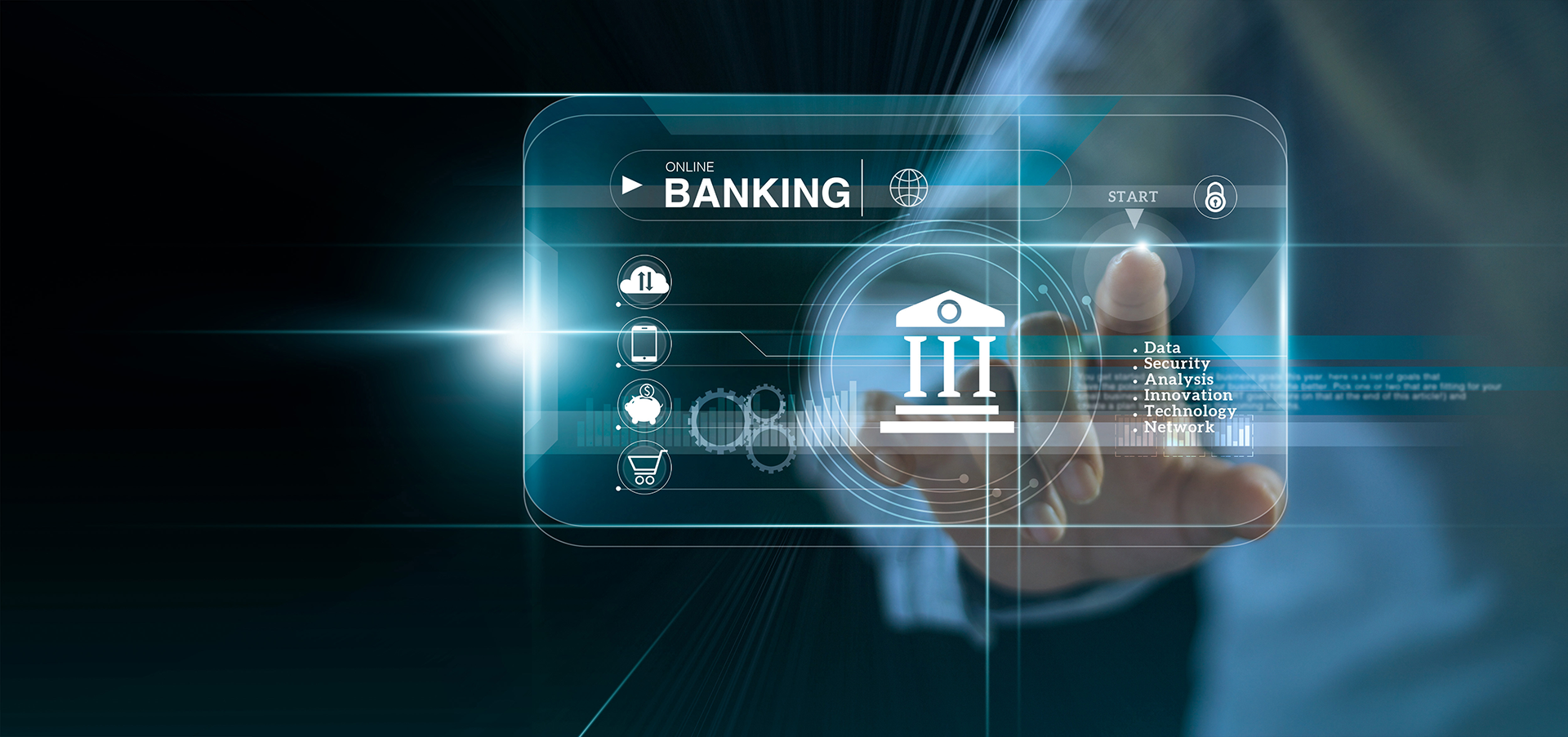Online banking offers incredible convenience—letting you check balances, pay bills, transfer money, and manage investments anytime, anywhere. However, with this convenience comes the responsibility to protect your financial in financial formation and avoid fraud. Here’s a comprehensive guide on how to safely manage your finances online.
1. Use Strong, Unique Passwords

- Create passwords that combine uppercase and lowercase letters, numbers, and symbols.
- Avoid easily guessable passwords like birthdays or simple sequences.
- Use a unique password for your online banking account—never reuse passwords from other sites.
- Consider use reputable password manager to generate and store complex passwords securely.
2. Enable Two-Factor Authentication (2FA)
- Activate 2FA on your banking app or website. This adds an extra layer of security by requiring a second form of verification (like a code sent to your phone) in addition to your password.
- This helps protect your account even if your password is compromised.
3. Access Banking Sites Securely
- Always type your bank’s URL directly into the browser rather than clicking links in emails or texts.
- Look for “https://” at the beginning of the website address and a padlock icon—these indicate a secure connection.
- Avoid using public Wi-Fi networks for banking transactions; if necessary, use a trusted Virtual Private Network (VPN).
4. Keep Your Devices and Software Updated
- Regularly update your computer, smartphone, and banking apps to patch security vulnerabilities.
- Install trusted antivirus and anti-malware software and keep it current.
- Avoid downloading apps or software from unverified sources.
5. Monitor Your Accounts Frequently
- Check your bank statements and transaction history regularly for any unauthorized activity.
- Set up account alerts to receive notifications of large transactions or login attempts.
- Report suspicious activity to your bank immediately.
6. Beware of Phishing and Scams
- Be cautious of emails, calls, or messages claiming to be from your bank asking for personal information.
- Never provide passwords, PINs, or account numbers through email or phone unless you initiated the contact.
- Verify suspicious communications directly with your bank using official contact information.
7. Log Out After Each Session
- Always log out completely from your online banking session, especially on shared or public devices.
- Close the browser window after logging out to prevent session hijacking.
8. Use Official Banking Apps
- Download banking apps only from official app stores (Google Play, Apple App Store).
- Avoid third-party apps that claim to offer banking services but may compromise your data.
Summary: Best Practices for Safe Online Banking
| Practice | Why It Matters |
|---|---|
| Strong, unique passwords | Prevent unauthorized access |
| Two-factor authentication | Adds extra security layer |
| Secure website access | Protects data from interception |
| Regular device updates | Fixes security vulnerabilities |
| Account monitoring | Detects fraud early |
| Awareness of phishing scams | Avoids falling victim to fraud |
| Logging out after use | Prevents unauthorized session continuation |
| Using official apps | Ensures app security and legitimacy |
Final Thoughts
Online banking can be safe and efficient with the right precautions. By adopting these practices, you protect not only your money but also your personal information and peace of mind.
If you’d like, I can provide specific tips for your bank’s platform, recommend trusted security tools, or help you set up alerts and two-factor authentication. Just ask!
